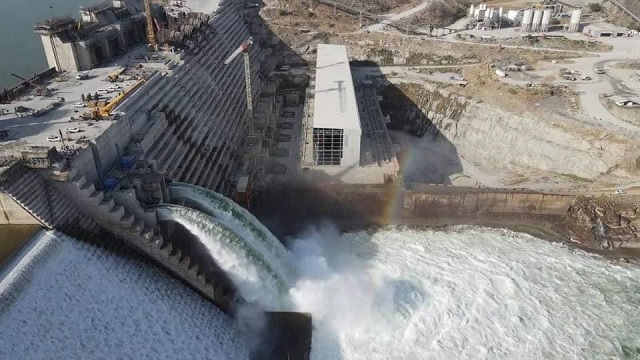
Country says no need for the UN to intervene but welcomes AU mediation
Kampala, Uganda | THE INDEPENDENT | The Ethiopian Ambassador to Uganda Alemtsehay Meseret said the issue of filling the Ethiopian Renaissance Dam (GERD) was on the agenda of the UN Security Council. This was during a press briefing held on July 9 at the embassy. Meseret also touched on issues of the ceasefire between the Ethiopian government forces and Tigrayan Peoples Liberation Front (TPLF), and also hinted on the recently concluded general election.
“Internationalization and securitization of the Dam will not help the three countries to reach to a win-win solution,” Meseret said. In the deliberation at the UN Security Council, Ethiopia stated that the Security Council is not the right place to discuss a hydropower project and requested the council to return the matter to the AU platform and allow the three counties to negotiate in a good faith principle.

However Meseret said the involvement of the African Union to solve persisting differences of Ethiopia, Egypt and Sudan was a welcome as Ethiopia is an ardent supporter of the notion ‘African solutions for African Problems’. It is also an opportunity for the three countries to strengthen the Union and show the world that Africans can solve their problems by themselves.
On the unilateral ceasefire decision, the ambassador said the government of Ethiopia, understanding the efforts of the TPLF to keep the pains of people in the region for its survival purpose, declared a Unilateral Ceasefire and the National Army was ordered to leave the whole of Tigray. “This was done deliberately mainly to benefit the whole people in Tigray to access Humanitarian supports and to allow the farmers to use the rainy season, which starts from July to September of the year, to plough their land safely by avoiding sporadic clashes with TPLF.”
 The Independent Uganda: You get the Truth we Pay the Price
The Independent Uganda: You get the Truth we Pay the Price


